A
new survey conducted by Origin, a provider of women's pelvic floor and
whole-body physical therapy focused on millennial women, aged 18 to 59,
exposing a generational divide in pelvic health. "Contrary to popular
belief, pelvic floor issues aren't just affecting women in later stages
of life. The rates among millennials
were either higher or equal to those of Gen X," explains Carine Carmy,
co-founder and CEO of Origin, discussing the study's findings.
Released yesterday, the company’s study
conducted in partnership with market research giant Ipsos, found that 8
in 10 women, many of them millennials, are dealing with pelvic health
problems. The study fills a gaping research gap.“The data around women’s
health, and especially pelvic health, is lacking,” adds Carmy. There
have also been issues with how research has been done historically. The
scope of what’s studied has been limited and it’s looked at pelvic
health over a lifetime, versus a moment in time, which makes our
understanding of how it affects women at different stages insufficient.
What did the study reveal?
Origin's
new survey reveals that millennials experience higher rates of bladder
issues compared to their Gen X counterparts, such as the sensation of
needing to urinate again immediately and difficulty fully emptying their
bladder. Additionally, more than half of millennials report urinary
leakage when coughing, laughing, or exercising, while a greater
proportion of millennials than Gen Xers face challenges such as pain
during intercourse and difficulty achieving orgasm.
The
most common cause for repetitive leakage (or stress urinary
incontinence) among millennial women is childbirth (both vaginal and
C-section deliveries), says Michele McGurk, PT,
a Brooklyn-based certified pelvic rehabilitation practitioner and
clinical specialist in women’s health. “Scar tissue from muscle and
fascia tearing or cutting will change the integrity of the abdominal
pelvic canister resulting in abnormal pressure distribution, and an inability to contract the deeper core and pelvic floor muscles to prevent leaking,” says McGurk.
Due
to muscle laxity, activities like exercise, jumping, coughing, or
sneezing can result in leakage. According to New York-based
board-certified OB/GYN Heather Irobunda, MD, a prior fall onto the
pelvis may also contribute to this issue. Although research on this
topic is limited, there could be a genetic predisposition, as Dr.
Irobunda suggests: “If your mother, sister, or aunt experienced leakage
issues, you are more likely to as well.” While strengthening exercises
like kegels can be beneficial, McGurk emphasizes the necessity of manual
treatment conducted by a pelvic floor PT to restore muscle tone,
function, and symmetry beforehand.
The bladder urgency and frequency that millennial women are
experiencing can be caused, in part, by irritants like caffeine,
alcohol, seltzer water, and chocolate, says McGurk, and also poor water
intake and prolonged sitting. “Removing the irritants
along with bladder retraining techniques such as diaphragmatic
breathing in the moment of an abnormal urge can make a big difference,”
says McGurk. He said that the goal is to retrain the bladder to tolerate
longer stretches of storing urine. One reason more millennial women are
having problems fully emptying their bladder could be a history of
UTIs, says McGurk, which can cause scarring. A temporary fix to help
fully empty the bladder, she says, is to move the pelvis forward and
back 5-10 times while sitting on the toilet.
Frequent
UTIs can also contribute to the higher number of millennial women
experiencing pain during sex, as explained by McGurk. She also points to
other factors such as irritation caused by chemicals in soaps,
endometriosis, hormonal reactions, and conditions like vulvar
vestibulitis, which can develop in younger women taking the pill,
leading to painful penetration. McGurk adds that similar issues can
arise during postpartum and menopause,
as well as prudendal neuralgia, a painful genital condition often
misdiagnosed as a yeast infection due to constant itching, caused by
prolonged sitting, bike riding, and pelvic trauma.
Moreover,
there's a significant mental component involved. "We know that sexual
arousal and sometimes chronic pelvic pain can be associated with
emotional stress and mental health," says Irobunda. "It's important to
remember that general health issues also affect pelvic health.
Unfortunately, sometimes we tend to view pelvic issues in isolation."
Why are millennials experiencing this?
There is a deep connection between mind and body, and specifically the pelvis. Increased fear, stress, and anxiety can all manifest as a tight pelvic floor.
“We know that millennials today, particularly post-Covid are
experiencing incredibly high rates of depression and anxiety,” adds
Carmy. Stress and anxiety have a strong association with bladder urgency
and frequency, says McGurk and studies have confirmed this.
The adverse effects are also true–experiencing pelvic health issues
like incontinence can cause women to develop anxiety, something Irobunda
sees frequently among her patients. “Urinary continence is something we
teach children and it becomes unnerving when you feel like you’re
regressing in that way and you’re unable to hold it,” she adds.
What
Irobunda does see most frequently among millennial women patients, more
than other generations, is a willingness to discuss pelvic health
issues and a concerted seeking of solutions. Many of these pelvic health
problems aren’t new; what is new is the openness about them and the
desire to address them. “These issues have been known among women for
generations but were either normalised or dismissed by the medical
community and society, but we’re at a turning point now where things
that have been the subject of whisper networks are now entering the
mainstream,” says Carmy. Search trends back that up–Origin has seen a
300 per cent increase in search interest around pelvic floor health over
the past year and the number of people visiting their free educational blog is in the hundreds of thousands every month.
This is only for your information, kindly take the advice of your doctor for medicines, exercises and so on.
https://gscrochetdesigns.blogspot.com. one can see my crochet creations
https://gseasyrecipes.blogspot.com. feel free to view for easy, simple and healthy recipes
https://kneereplacement-stickclub.blogspot.com. for info on knee replacement
https://cancersupportindia.blogspot.com for infor on cancer and health related topics
https://GSiyers
home remedies.blogspot.com is the latest addition to my blogs. I'm
going to add posts there, do give me your valuable feed back on my
blogs. Thanks a lot, take care, be healthy and be happy.


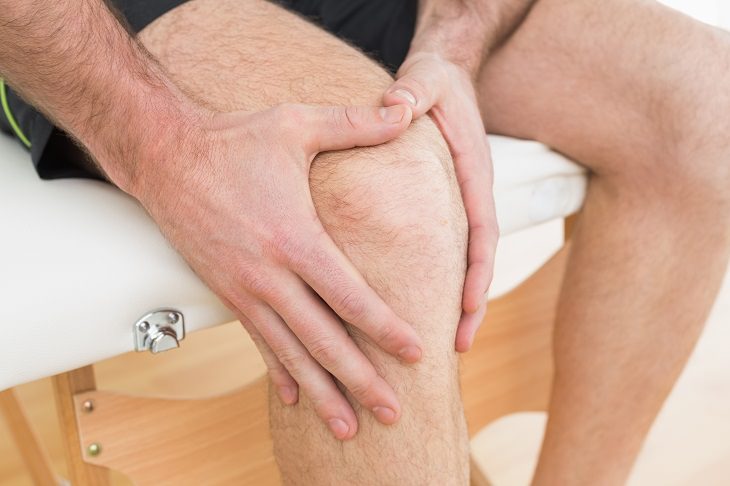
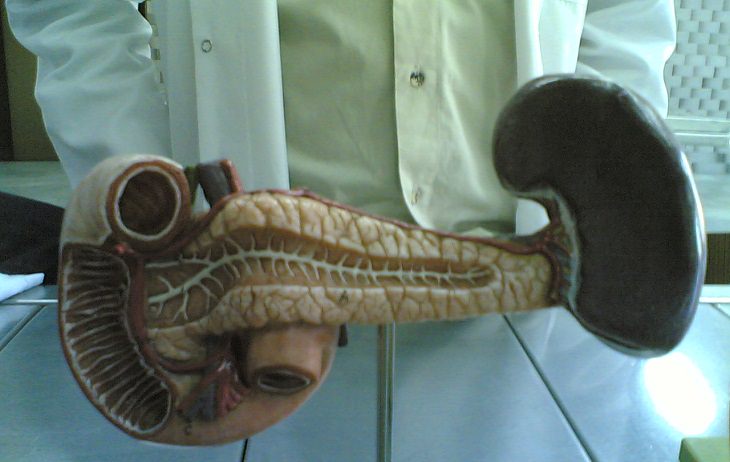
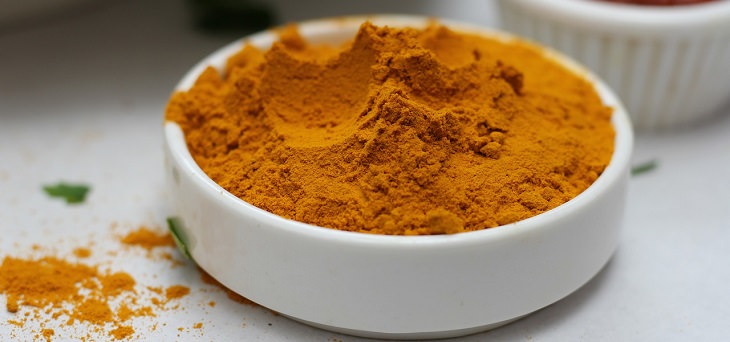

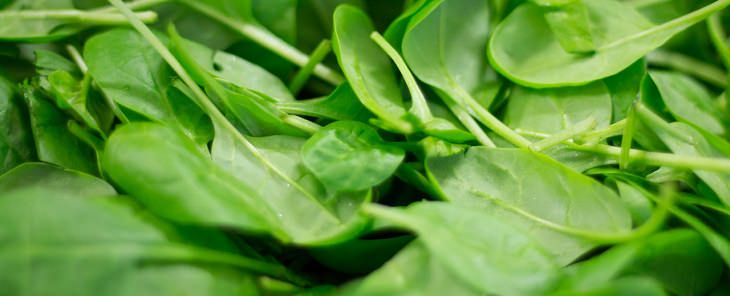
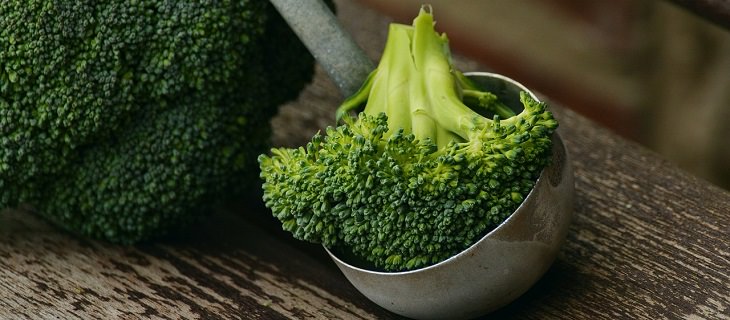


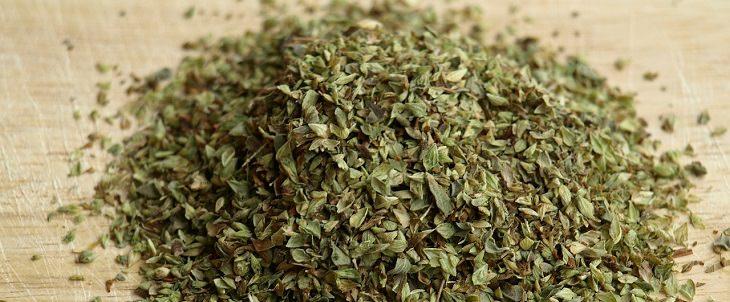

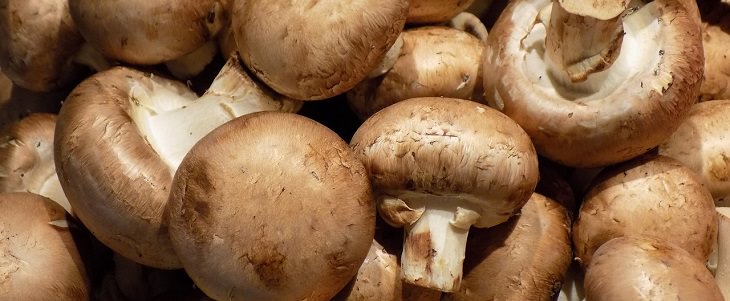
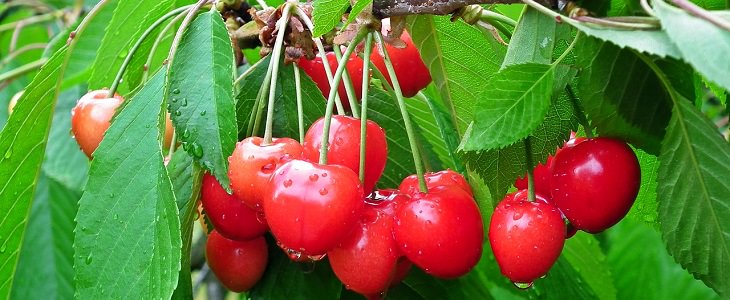
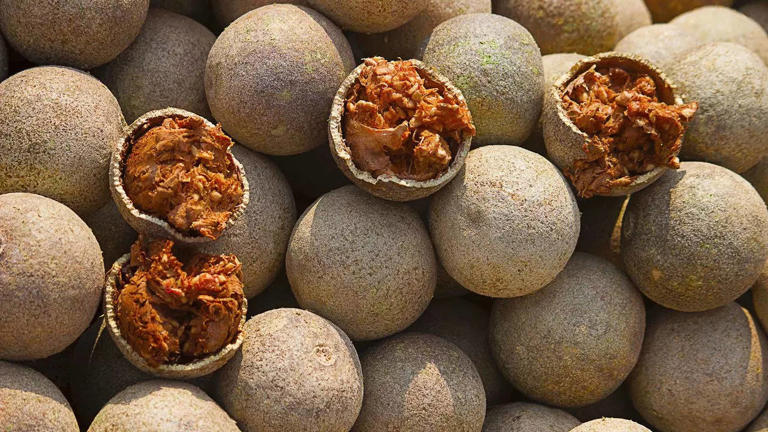
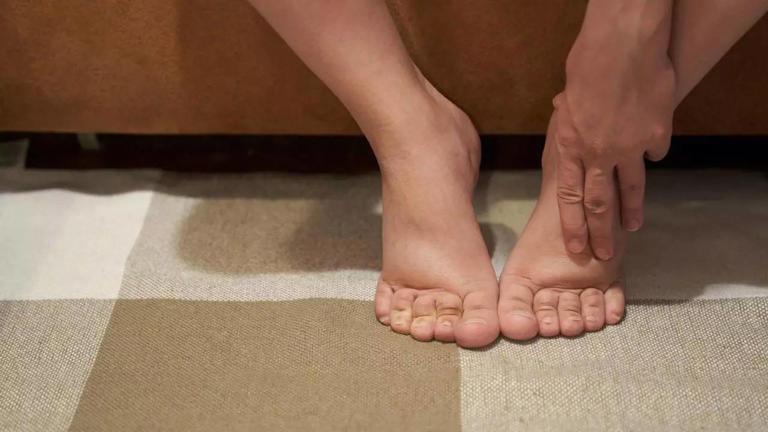 swelling- itching
swelling- itching